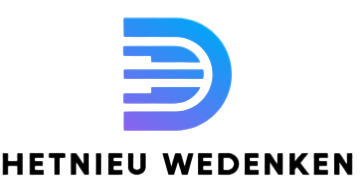Superior Accuracy With CNC Over Manual Machining In Modern Manufacturing Processes
In modern manufacturing processes, the demand for precision and efficiency has driven the widespread adoption of CNC Computer Numerical Control machining over traditional manual machining methods. CNC machining offers superior accuracy due to its ability to consistently produce complex parts with tight tolerances, minimizing human error and increasing overall quality. Unlike manual machining, where the operator directly controls the cutting tools, CNC machines operate based on programmed instructions, ensuring that every movement is executed precisely as intended. This automation significantly reduces the variability caused by human factors such as fatigue, skill level, or momentary lapses in attention, which can result in inconsistencies and defects in manually machined components. The fundamental advantage of CNC machining lies in its use of computer-aided design CAD and computer-aided manufacturing CAM software, which translate digital models into highly detailed machining instructions. This digital control enables CNC machines to perform complex operations like milling, turning, drilling, and grinding with exceptional repeatability. Each component produced on a CNC machine adheres to the exact specifications set by the design, making it ideal for high-volume production where uniformity is critical.
Moreover, cnc vs manual machining can maintain a consistent feed rate and cutting speed throughout the manufacturing process, which helps in reducing tool wear and maintaining dimensional accuracy over extended production runs. Manual machining depends heavily on the operator’s ability to maintain steady control over the tool, which can fluctuate and lead to variations in surface finish and dimensional accuracy. CNC technology also allows for real-time monitoring and adjustments, ensuring optimal machining conditions and further enhancing accuracy. Another aspect contributing to superior accuracy in CNC machining is the use of advanced sensors and feedback systems that monitor machine performance and tool conditions. These systems detect deviations or tool wear early and can adjust machining parameters automatically or prompt maintenance actions, preventing defects and ensuring consistent output quality. Manual machining, on the other hand, relies on the operator’s experience to detect such issues, which can be less precise and slower to react, potentially resulting in flawed parts.
Once a CNC program is verified and loaded, it can be reused indefinitely, producing identical parts without the need for re-calibration or complex manual setups. This repeatability is crucial in industries such as aerospace, automotive, medical devices, and electronics, where precision is paramount and even minor deviations can compromise functionality or safety. In contrast, manual machining often requires adjustments between runs and relies on operator judgment, increasing the risk of inconsistencies. Furthermore, the integration of Uneed CNC machining into modern manufacturing allows for more complex part designs that would be difficult or impossible to achieve manually. Multi-axis CNC machines can cut intricate shapes and contours with high accuracy, expanding the possibilities for product innovation and design optimization. This capability not only improves the functional performance of components but also reduces material waste by enabling more efficient machining strategies. These features enable manufacturers to produce high-quality components with tight tolerances reliably and efficiently, meeting the rigorous demands of modern industries.
